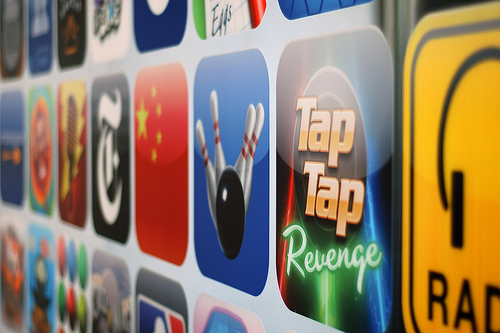Today, more games than ever are available to play for free. There are thousands of gaming apps that we can download for free and play for free. You might have to put up with the ads popping up, but there’s nothing that means you actually have to buy the in-app purchases.
Because of the rise of free to play games, free games are now also available on real cash gaming sites – such as bingo and casino sites – where the whole point of the business is that people are playing with real money. Find out more by reading Which Bingo’s blog article about the evolution of free bingo games.
So what if you think you’re above in-app purchases? You may have played many a free to play game and never made an in-game purchase..yet. But, unless you’re a superhuman, the time will come when you crumble and pay the few cents or pence for a particular in-app purchase. How does it happen?
It’s all down to the enormous amount of research that goes into game design and the time spent in finding out what makes us consumers tick. The games have been designed knowing how human beings tick and what will make them say yes. The psychological mechanisms used by free to play games all work in the same way. Here’s an explanation of those mechanisms.
Ego depletion
This is the concept that means we only have a limited amount of self-control, and that that self-control can be worn down over time. In terms of free to play games, it means that the more we play, the more likely we will be to make a purchase. We only have a certain amount of willpower to refuse to buy something when it is constantly being offered to us at a reasonable price. Ego depletion is achieved when we relent and buy something.
Influencing our yearning to reciprocate
When someone or some company is nice to us, it makes us feel good and feel more cooperative. As we’ve been given a game to play for free, our subconscious makes us want to return that friendly gesture with one of our own. So what do we do? We give the kind developers some of our money as a reciprocal gesture, even if they don’t actually ask us to.
Using an intermediate currency
Using a gaming currency gives a free-to-play company some useful tools. Firstly, most people find it difficult to assess the value of an item they’re not familiar with, so using price obscuring means that players will forget about the ‘actual’ money they’re spending. Secondly, pricing structures on these kinds of games evolve and become more costly the further into a game a player gets. When the game also offers users the ability to earn currency (even though it’s at a snail’s pace) and also offers buy-in-bulk discounts, the true cost of the game is easily disguised.
Can you really expect something for nothing?
So now you’re aware of some of the psychological tricks that games developers use to make you pay to play freemium games, how do you feel? Indignant? Do you feel like you’ve had the wool pulled over your eyes?
Just hang on a second, though. No-one makes you pay for in-app purchases – these are decisions you make for yourself. You could choose to resist the concepts of Ego Depletion and Reciprocity if you wanted to. But think about the fun you have playing these games – and then think about the cost and effort that goes into making and marketing these games. We didn’t like paying for these games up front – when they were pay to play only, not enough people purchased them. And so the developers gave them to us for free (well, almost). Surely it’s not unreasonable for them to seek to get a little of their investment back!



